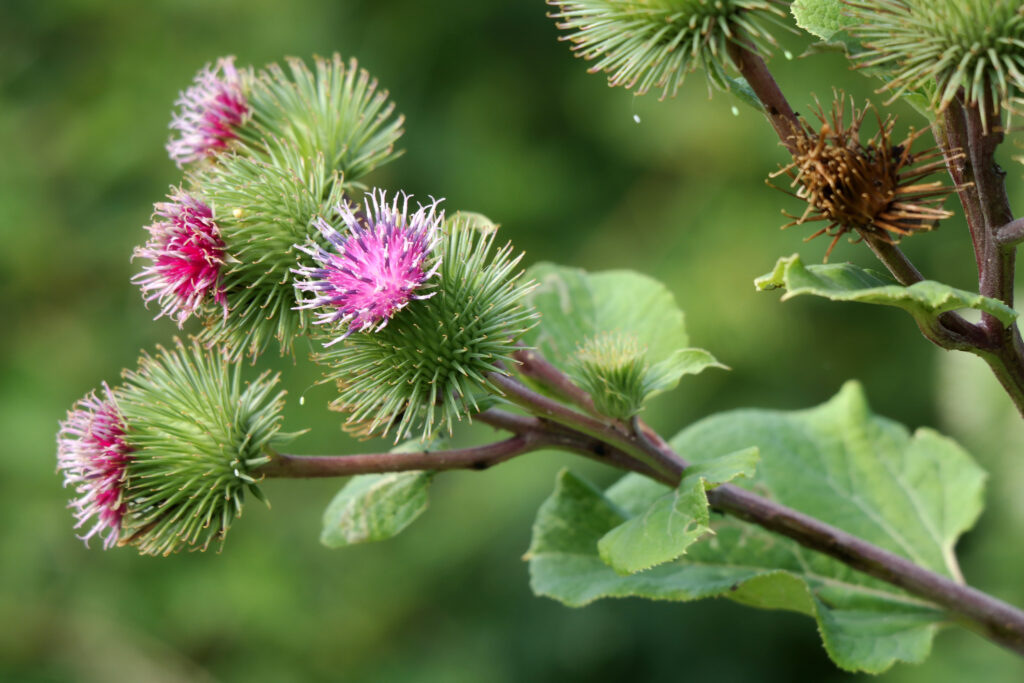
The idea of drawing inspiration from Nature to find valuable solutions to many of life's challenges is not new. The phrase 'You will find something more in woods than in books. Trees and stones will teach you what cannot be learned from masters' is commonly attributed to St Bernard of Chiaravalle a Cistercian monk and theologian who lived in the 12th century. St. Bernard was known for his writings and his keen interest in the contemplation of Nature as a means to approach God. His quote seems to emphasise the importance of direct experience with Nature and the real world as a source of learning and wisdom, which goes far beyond what one could learn from books or teachers.
Human beings throughout their history have always integrated elements, forms, materials, structures, mechanisms and principles of Nature into numerous artefacts.
In this article:
In the 1950s, we find one of the pioneers of the 'BIOMIMETICS' concept, the Swiss biologist Otto Schmitt, studying biological systems to inspire technological innovation.
In the years that followed, biomimetics and other concepts related to the study and imitation of Nature were developed and deepened by scientists and engineers all over the world.
One of these is Janine M. Benyus, an American writer, biologist and innovation consultant who saw enormous potential in the careful study of Nature and the application of its principles
Benyus approached the subject of innovation inspired by Nature while writing several books on natural environments and the behaviour and adaptations of wildlife, learning and exploring the ingenious ways in which organisms adapt to their habitats and also to each other. She thus discovered the concept of 'BIOMIMICRY', which is an applied science describing the deliberate design of artefacts to solve problems inspired by Nature. The term is composed of two Greek words, BIOS (life) and MIMESIS (imitation).
The concept of biomimicry met the author's need to find a name that was not too technical and generally accessible for people interested in Nature and its teachings.
In 1997, Benyus published a book entitled 'Biomimicry: Innovation Inspired by Nature', in which she recounts her experiences and those of other scientists, engineers and inventors and their strategies for translating functional principles found in Nature into various innovative technologies.
Biomimetics and biomimicry are often used as synonyms, but some differences can be identified. Biomimetics focuses on scientific translation, on radical technological innovation, with the aim of developing better, marketable technologies. The concept of sustainability does not seem to be an explicit goal. Instead, biomimicry focuses on inspiration, conception and education with reference to the principles and structures found in Nature, with the explicit goal of sustainability and reconnecting people with Nature. (For more on the topics mentioned, please refer to the dedicated literature).
At the beginning of his 1997 book, Benyus provides a comprehensive explanation of Nature's role within the concept of biomimesis:
“1. Nature as model. Biomimicry is a new science that studies nature’s models and then imitates or takes inspiration from these designs and processes to solve human problems, e.g., a solar cell inspired by a leaf.
2. Nature as measure. Biomimicry uses an ecological standard to judge the “rightness” of our innovations. After 3.8 billion years of evolution, nature has learned: What works. What is appropriate. What lasts.
3. Nature as mentor. Biomimicry is a new way of viewing and valuing nature. It introduces an era based not on what we can extract from the natural world, but on what we can learn from it.” (Benyus, 1997)
In 2006, she and Bryony Schwan founded the Biomimicry Institute (https://biomimicry.org/), a non-profit organisation committed to making biology an integral part of the design process.
In today's 'human-centred' world, focused exclusively on the human being and his intelligence, the lessons of Nature that have proven successful over billions of years have for a long time remained pure scientific curiosities accessible to a few, without actively entering our lives.
This knowledge gathered within biomimicry will increasingly contribute to changing the way we grow our food, produce materials for numerous fields, provide energy, cure our diseases and conduct our businesses.
We find applications in a variety of fields, such as architecture, agriculture, energy, medicine, transport, chemistry, etc. The goals of the discipline of biomimicry are very ambitious: to create products, processes and systems, and probably even new ways of living, that help solve our greatest design challenges in a sustainable way, while safeguarding all life on earth.
Let us take two examples of biomimicry: the first, the invention of Velcro, a fastening system, which imitates the principle of the burdock flower with its hooks; the second concerns the architectural application of the principle of the termite mounds found in the hot African territories which, with the help of hollowed-out channels and a sophisticated ventilation system, create an environment capable of self-regulating the temperature and keeping it constant.
We at Verde Profilo have always been fascinated by the ingenuity and resilience of plants.
I would like to end this brief excursus into the world of Nature's genius by using a quote commonly attributed (we have no proof) to the great Albert Einstein: "Everything you can imagine, Nature has already created it."
- - -
Bettina Bolten, Biophilic design consultant




















